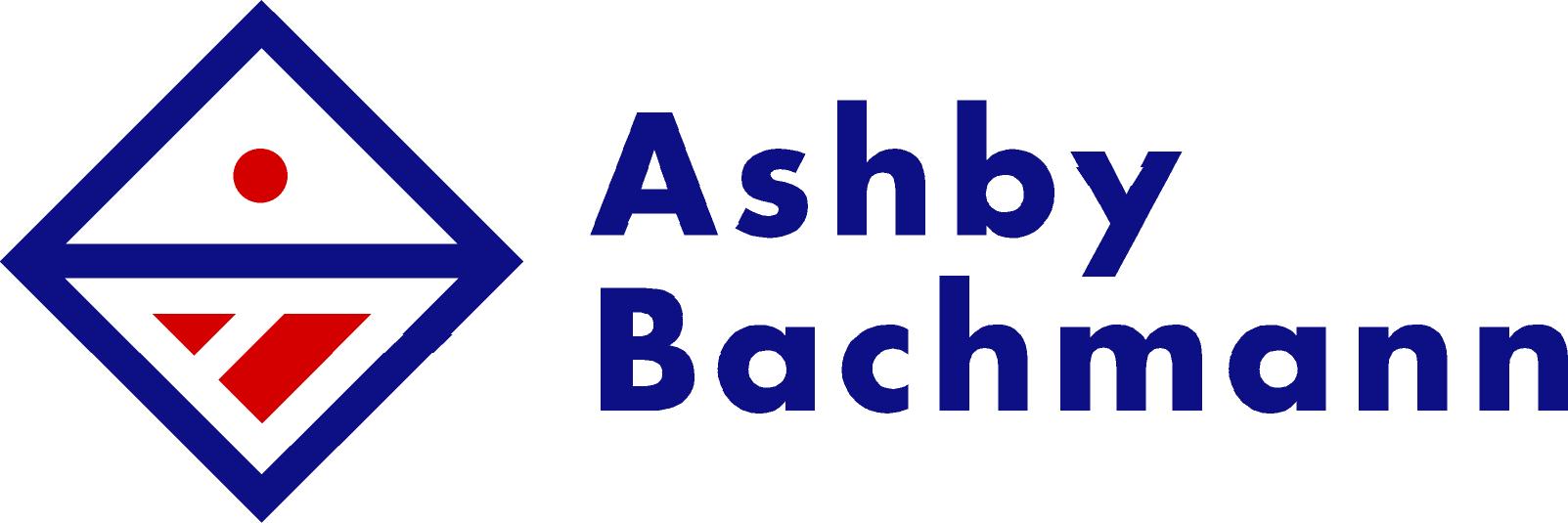Identify a high level champion for Change Management
Change Management is THE primary determinant for a successful IT project. The absence or failure of the change management process accounts for fully 50% of failed projects – more than failed technology, poorly designed software or runaway budgets.
Michael Hammer, the leading force behind business transformation through IT in the 1990s makes a strong case for allocating up to thirty percent of a project’s budget to Change Management. Yet, more generally, it is ignored completely or dealt with as an afterthought. In many projects it is called ‘end-user training’, scheduled just prior to ‘going live’. To a techie it seems as if knowing which keys to press provides the only motivation required of front line staff to change their daily routine.
To the users however, attitudes to a new system or process have been set weeks, months or even years ahead of the training session. The rumour mill has generally provided ample grist for fear, resentment or outright hostility towards the ‘improvements’. Like the early mill workers in the Industrial Revolution, they are ready to throw their clogs into the gears to sabotage the loom.
Early and continuous Change Management is aimed at getting every stakeholder onside and maintaining their enthusiasm for the new environment while simultaneously managing their expectations. It’s no job for a nerd! Nor is it the job of the Project Manager, although monitoring the execution of the Change Management plan may be a key aspect of the role.
The responsibility for Change Management resides with Corporate Management. It is they who understand the business imperative, who invested the capital and who (should) understand the risk of failure. The Benefits Realisation process will have identified which areas of the enterprise have the greatest stake in the project’s success. It is generally from amongst these business units leaders that the champion should be selected to get the whole organisation behind the effort.
This does not mean that executive has to develop and execute the Change Management plan. Those are roles for a specialist. But it IS the executive’s role to ensure that the Change Manager has the resources and authority, and the visible support, to do the job.
The champion’s role demands participation in the Steering Committee, in issue resolution and in stage gate reviews as the project moves from phase to phase. Both the Project Manager and the Change Manager will rely upon the champion to resolve issues which might cause project delays or place the project in jeopardy. As well, the champion may have to mediate between the PM, the Change Manager and other business unit heads, where their priorities and objectives are in conflict. And sometimes the champion may have to seek your involvement to resolve a conflict across corporate boundaries.
In keeping with its vital role in project success, the champion of Change Management should have your absolute confidence.
